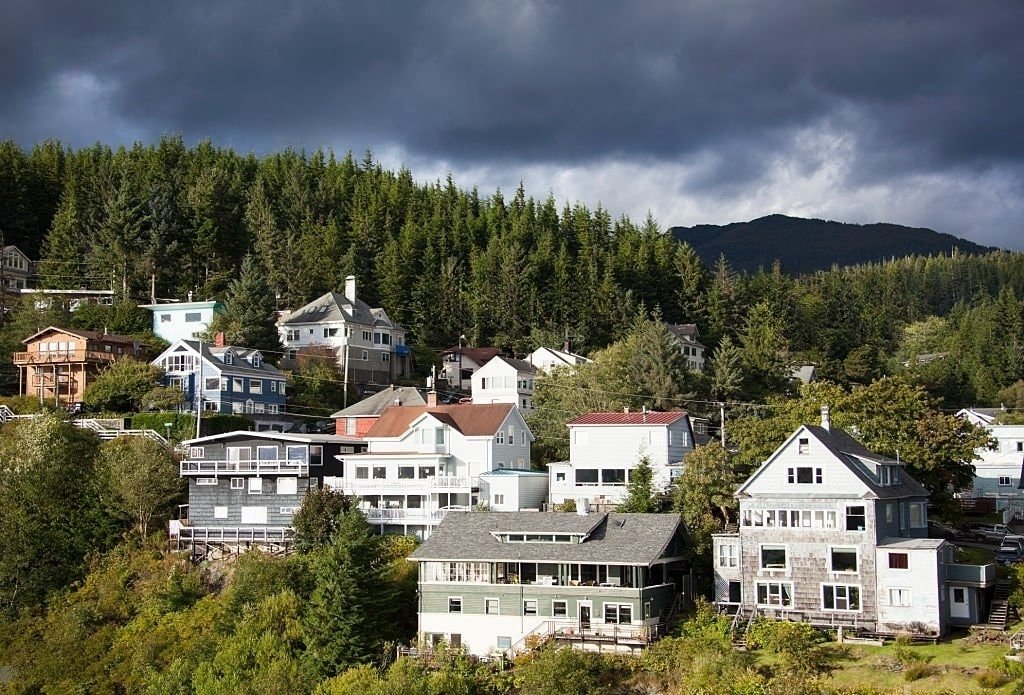Alaska’s unique culture and breathtaking landscape set it apart from every other state in America. There are expenses involved in making Alaska your permanent home, despite the plethora of natural attractions. The cost of living in Alaska is often far greater than the national average, therefore prospective residents should be prepared for this.
Transportation Costs and the High Cost of Living Index
Transportation costs account for a disproportionate share of Alaska’s high cost of living. Due to its vast size and distant location, normal transportation costs, such as fuel and maintenance, are often higher than average. Gas prices in Alaska are typically higher than national norms because of the difficulties of getting gasoline to rural locations. In addition, there may be few options for public transportation, therefore car ownership is a requirement for many residents.
Housing Costs and the Alaskan Winter
Alaska’s main cities, including Anchorage, Fairbanks, and Juneau, all have a shortage of affordable housing options. Housing costs are often greater than in many other states. This is true for both property prices and median rent. Furthermore, the Alaskan winter might provide distinctive difficulties, with severe weather potentially necessitating further expenditures for heating and insulation to ensure a cozy home environment through the colder months.
State Income Tax and Sales Tax
The absence of a state income tax is another factor in the state’s favor. Alaskans enjoy a huge financial advantage over their counterparts in the majority of the United States since they are not subject to a state income tax. It’s worth noting, though, that different cities and boroughs in Alaska have different sales tax rates.
Average Monthly Utility Bills
In areas of Alaska where severe weather makes heating and cooling necessities, utility expenditures can be significantly higher than the national average. Electricity, heating, and water costs may rise during the winter months, so residents should budget accordingly.
Permanent Fund Dividend and Offsetting Costs
The Permanent Fund Dividend (PFD) is one of the perks of living in Alaska. The state’s share of oil profits funds this dividend, which is paid out yearly to qualified Alaskans. The PFD is a welcome boon that may be put toward a wide range of needs, considering the high cost of living.
Comparing the Cost of Living in Alaska
Before making the move to Alaska, you should have an idea of how much money you’ll need to live comfortably there. Depending on what you’re looking for, prices in Alaska might be more or lower than they are elsewhere. You can figure out if you can handle the state’s high cost of living by doing some homework and making a budget.
The Allure of Living in Alaska
When considering a move to Alaska, it’s crucial to factor in the state’s high cost of living. Perhaps certain goods are more expensive in Alaska, while others are considerably more affordable there. Do your homework and make a budget to see if you can handle the state’s high cost of living.
Summary
The price of getting there. Value of homes. Utility costs. The after-effects of Alaska’s brutally harsh winter. Each of these factors contributes to the state’s above-average cost of living. These supplementary costs could be reimbursed in part. However, the Permanent Fund Dividend and the state’s attractiveness are major factors. One’s financial preparedness for life in Alaska. And yet have plenty left over to take use of the extraordinary possibilities of this area. Taking into account their financial situation and means is essential.









